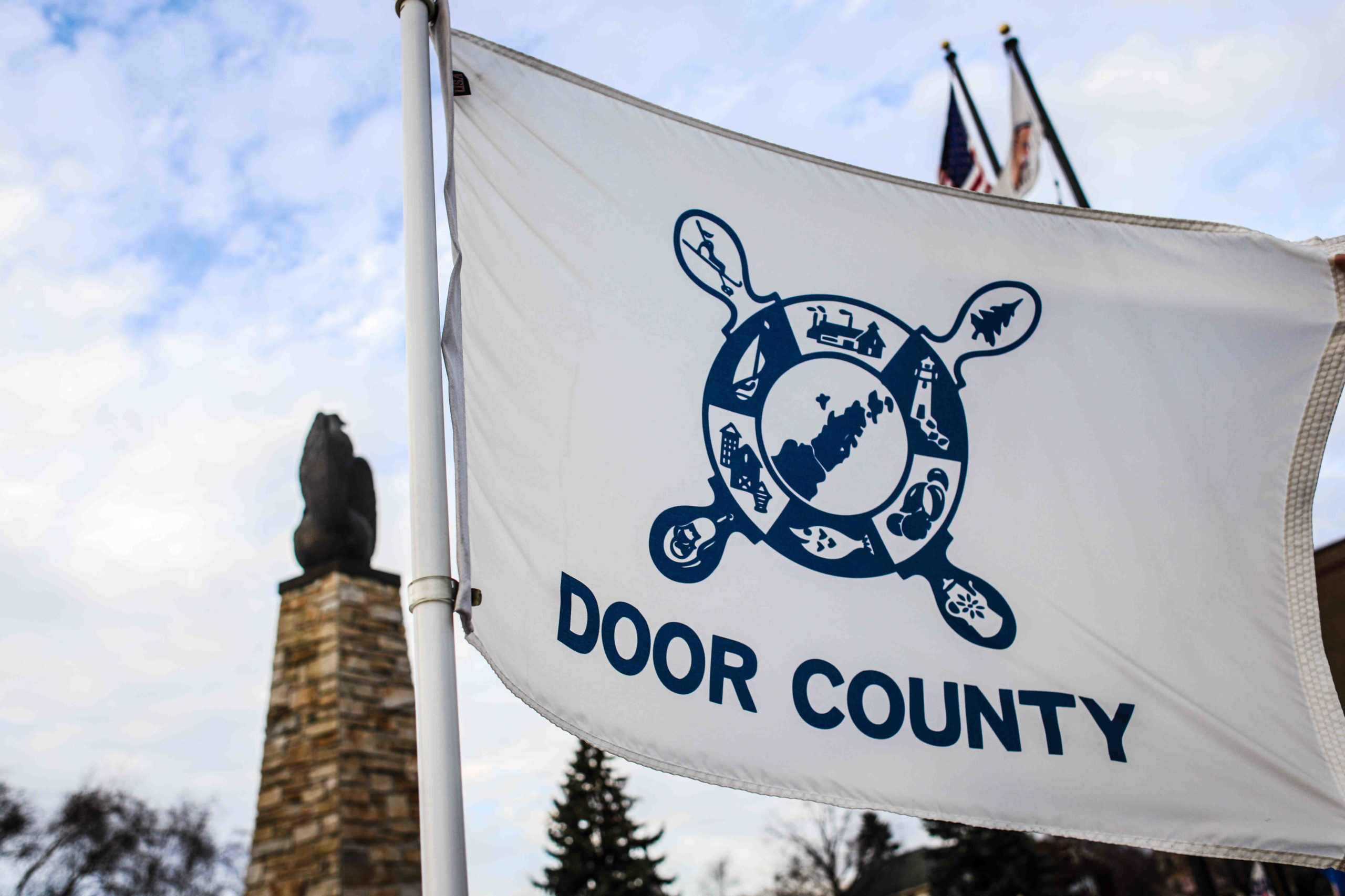Part one of a series on how Door County’s use of $5.3 million in federal funding could affect social and economic issues in the community.
The Door County government is considering projects to bolster child care, help fund the construction of new affordable housing and create a new long-term addiction recovery center as part of its use of the more than $5.3 million the county will receive through the federal American Rescue Plan.
Also on the county’s list of proposals for the funding are efforts to kick-start a new county-wide broadband internet initiative, fund new groundwater testing and invasive species control, and provide training and new address signs county-wide for emergency services.
The County Board’s finance committee on Monday reviewed the proposals and forwarded them on to the full County Board. The County Board will begin considering them at its Jan. 25 meeting.
The county will receive $5,374,185 under the 2021 law, which contains elements intended to stimulate faster economic growth over the long term. That funding will be delivered in two payments, and the county already has received the first payment, county administrator Ken Pabich said at a Jan. 12 public hearing about the funding.
The money must be used for costs incurred since March 3, 2021, Pabich said. It must be obligated by the end of 2024 and must be spent by the end of 2026.
The county’s proposals for the funding include:
- Initiatives to improve child care options in Door County, including by bolstering home-based child care providers and funding a new coordinator position at United Way of Door County to oversee child care efforts. The proposal is designed to complement the projects funded by the $3.5 million state grant that United Way was awarded last month. The coordinator position also would oversee the implementation of that grant. (Total cost: $438,500)
- The purchase of a building to house a new sober living facility, which would be operated by an outside firm and would provide long-term treatment for people recovering from addiction. Door County residents who need treatment for addiction currently receive it outside the county, county Health and Human Services director Joe Krebsbach said at the finance committee meeting Monday. The county has seen increases in residents struggling with heroin and meth addiction in recent years, Krebsbach said. (Total cost: Estimated at $575,000)
- Efforts to significantly increase the county’s supply of affordable housing, including by providing funding for a new revolving loan fund for affordable housing construction and a planned 45-unit affordable housing development in Sister Bay. Both projects already have secured additional funding or tax credits. (Total cost: $500,000 for the revolving loan fund; $500,000 for the Sister Bay development)
- Creating a county broadband coordinator position and providing community grants to begin expanding broadband internet access county-wide. These efforts would be among the first steps toward implementing a plan for county-wide broadband access laid out in a 2021 report commissioned by the Door County Economic Development Corporation. (Total cost: $1 million)
- New training and new address signs county-wide for emergency services. This would include sponsoring the education of four EMTs, two advanced EMTs, and two paramedics per year for three years. Students would have to commit to work for the county Emergency Services department for a set length of time. It also would include the installation of new, two-sided blue address signs placed perpendicular to the road throughout the county, replacing all existing green, single-sided address signs. (Total cost: $72,000 for the training program; an estimated $800,000–$1 million for the address signs)
- Efforts to expand groundwater testing and invasive species control. This would include a preliminary screening of about 20 private wells for what the county refers to as “emerging” contaminants on which little to no data exists. It also would include controlling 120 acres of non-native Phragmites, which the county describes as a priority invasive species. (Total cost: $280,500 for groundwater testing; $204,500 for invasive species control)
At the public hearing last week, representatives from three nonprofits — Advocates In-Home Care, Do Good of Door County, and Help of Door County — also requested assistance through the county’s American Rescue Plan funding. Pabich said the county could establish a process for those and other nonprofits to apply for funding.
The federal funding could provide solutions to long-standing issues in the county, County Board vice chair Susan Kohout said at the public hearing. Kohout is a member of the finance committee.
“It isn’t very often that the county has money like this,” Kohout said. “It’s kind of a once-in-a-generation or maybe once-in-a-lifetime opportunity to address some of these things that have been problems for a long, long time.”
To read more details about the proposals, click here. The proposals start on page 18 of the document.
The Door County Board of Supervisors is scheduled to meet at 10 a.m. on Tuesday, Jan. 25 and will begin reviewing these proposals.

